According to reports, there are currently more than one million known animal species. However, a large number of animals are endangered every year, many of which are caused by human activities. The ten most miserable animals are introduced below. They are the northern white rhinoceros, the Gulf porpoise, the bluefin tuna, the yellow-breasted bunting, the manatee, the gharial, the Asian elephant, the monk seal, the black rhinoceros and the fin whale. These animals just want to survive in this world, but they are slowly going extinct because of human greed.

1. Northern white rhino
The northern white rhino is a subspecies of white rhino that once had a wild population of about 2,000 individuals in the 1960s. However, rampant poaching caused their numbers to plummet to just 15 individuals between the 1970s and 1980s. As of November 2015, there are only three northern white rhinos surviving on the planet. Unfortunately, on March 19, 2018, the world’s last male northern white rhino passed away in Kenya at the age of 45. The tragedy essentially spelled the species' extinction.
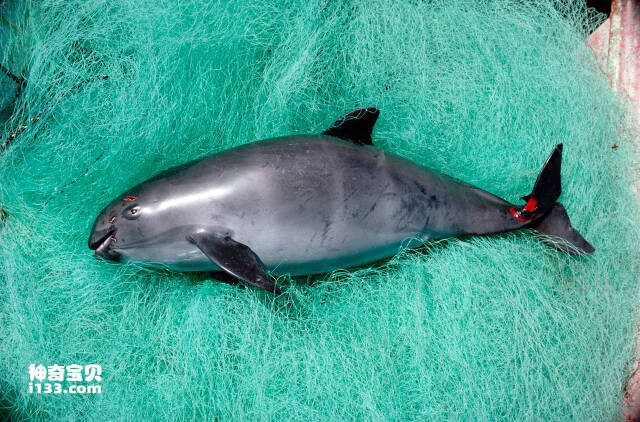
2. Gulf porpoise
The vaquita porpoise is one of the most endangered cetaceans in the world. It is known as the "ocean panda" and has been listed as a critically endangered species since 1996. As of March 2018, only 12 Gulf porpoises survived in the world. This tragic situation is caused by humans overfishing fish. The totoaba is a highly profitable animal and is a neighbor of the Gulf porpoise. However, in order to pursue economic interests, Mexican fishing boats use the "one-pot" fishing method of gillnets and pay no attention to the Gulf porpoise, resulting in the death of a large number of Gulf porpoises every year. This situation is very distressing.
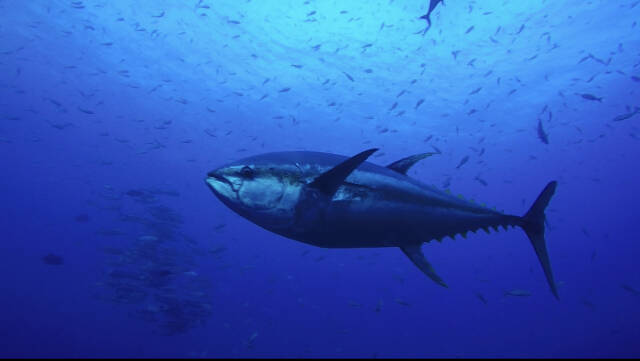
3. Bluefin tuna
Bluefin tuna is a popular and valuable fish, but because of this, overfishing by humans has put this species at risk of extinction. Currently, three bluefin tuna species in the Central South, the Atlantic and the Pacific are endangered. Among them, the number of Atlantic bluefin tuna in 1989 was only 20% of that in 1970, and now it is only 10% of its original number. Southern bluefin tuna is listed as critically endangered in the wild, the highest level of endangered species. It can be seen that the protection of this species is crucial.
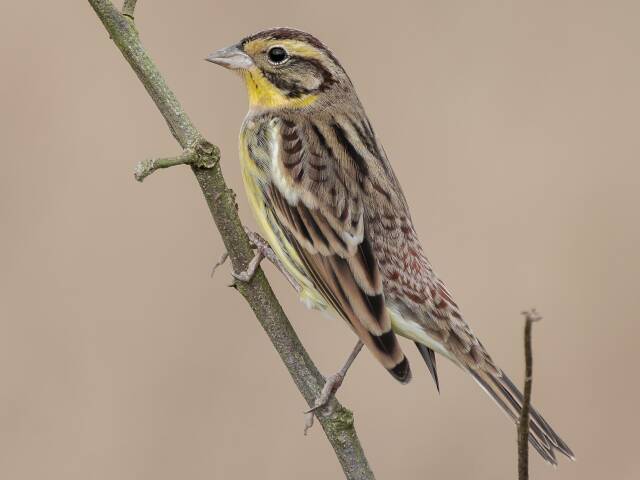
4. Yellow-breasted Bunting
The yellow-breasted bunting, also known as the grass sparrow, is a petite bird that is known as the "celestial ginseng" by Chinese diners because of its delicious taste. Once upon a time, the Yellow-breasted Bunting was a small migratory bird that was widely distributed and extremely numerous. However, from 1980 to 2013, the species' population declined by approximately 90%. In 2001 alone, one million yellow-breasted buntings were hunted and became delicacies on the tables of Guangdong Province. As of 2017, the Yellow-breasted Bunting has been listed as a critically endangered species by the International Union for Conservation of Nature. This news is very shocking and we should take active measures to protect it.
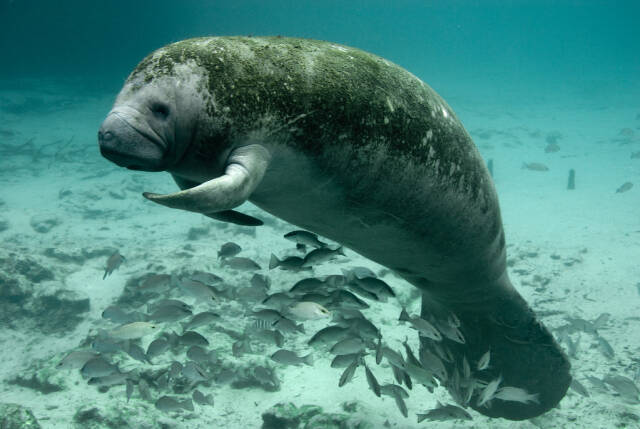
5. Manatee
In 1493, Columbus sailed to the Caribbean and arrived at the mouth of the Biak River in Dominica. He was surprised to see countless Manatees-Are-Endangered.html">manatees. However, Caribbean cattle are now facing the same fate as China's giant pandas. Manatees have been hunted for a long time because their meat is tender and delicious, and their fat contains DHA and EPA that are beneficial to the human body. It can also extract oils used to make lubricants, fur needed for leather products, and even their ribs can be used as ivory. alternatives. Although the natural mortality rate of Manatees-Are-Endangered.html">manatees is also very high, over-hunting by humans is the fundamental reason why this species is on the verge of extinction.
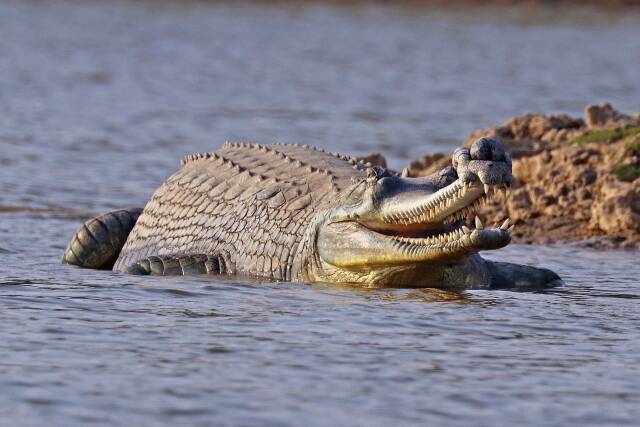
6. Gharial crocodile
The gharial is one of the critically endangered species on the IUCN Red List. It is one of the largest crocodiles in the world, with a slender body and an olive green color. Like other crocodiles, they were over-hunted for their skin, which was used to make leather, causing their numbers to plummet. Currently extinct in Myanmar, gharials in Bangladesh, Bhutan and Pakistan may also face the same fate. According to statistics in 2009, only about 1,000 gharials live in the Chambal and Yamuna rivers in India. This situation is very worrying and we should take effective measures to protect this precious species.
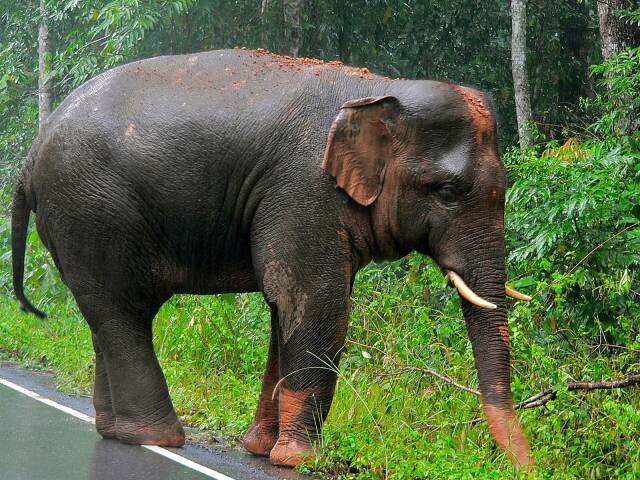
7. Asian elephant
The number of wild Elephants-Are-Endangered.html">elephants in Asia has plummeted, and domesticated domestic Elephants-Are-Endangered.html">elephants and draft Elephants-Are-Endangered.html">elephants are common in many countries in Southeast Asia. In the wild, they are now only distributed at the junction of Yunnan and Myanmar and Laos, and their numbers are very rare. Asian elephants are often attacked by poachers because their tusks can be used to create valuable crafts. Wild Asian elephant populations have declined by 97% from the early 19th century to the present, and this trend continues. Survey results released in 2004 showed that there were only 180 Asian elephants left in the country. This situation is very serious and we should take active measures to protect this precious species.
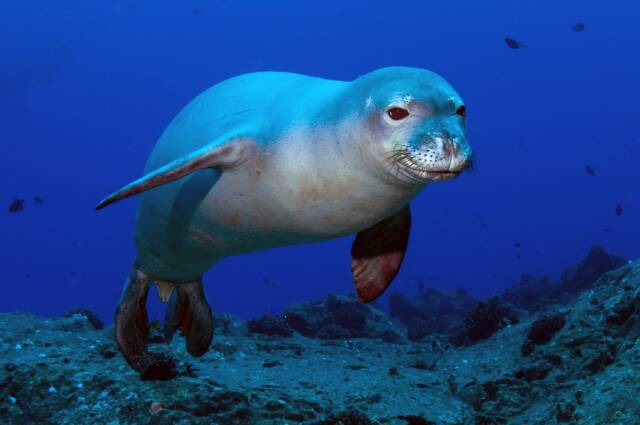
8. Monk Seal
The monk seal is another species driven to extinction by human greed. These poor creatures face disastrous consequences as they are hunted for seal oil and seal skins. There are three types of monk seals in the world: Hawaiian monk seals, Mediterranean monk seals and Caribbean monk seals. Unfortunately, the Caribbean monk seal has become extinct, becoming the first seal species to become extinct due to human activities. The populations of two other monk seal species are also declining. Currently, the numbers of Hawaiian monk seals and Mediterranean monk seals are only 1,200 and 500 respectively, and the number of the former is declining at a rate of 4% per year. This situation is very worrying and we should take effective conservation measures to prevent the disappearance of these precious animal species.

9. Black rhinoceros
The black rhino is a species threatened by poaching. Its horns make excellent ornaments and are considered a status symbol in some countries. Throughout the 1980s, black rhinoceros numbers declined dramatically as many poachers stopped at nothing in pursuit of profit. In the 20th century, the black rhinoceros once had the largest population of all rhino species. However, from 1981 to 1987, 95% of Tanzania's black rhinos were killed by poachers. By around 1990, their numbers had dropped to less than 2,500. According to data from 2003, the number of black rhinoceros has begun to rebound, and there are currently about 3,610 individuals. Although we see these positive changes, we should still take effective measures to protect these precious animals from further harm.
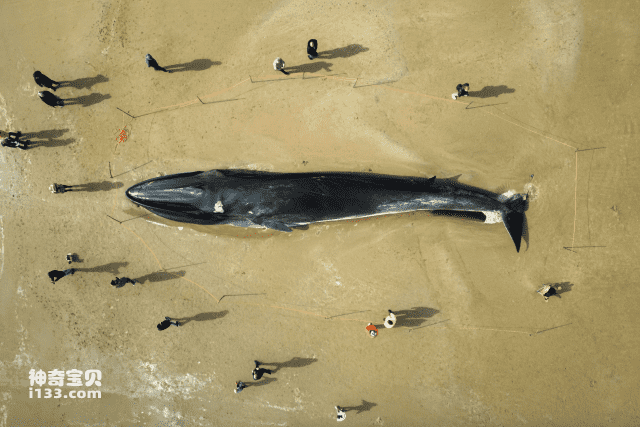
10. Fin whale
Fin whales, also known as baleen whales, fin whales and baleen whales, are the second largest creature after the blue whale. However, fin whales are already facing the danger of extinction due to over-hunting by humans. The main reason these whales are hunted is for their blubber, oil and baleen. Between 1904 and 1975, approximately 704,000 fin whales living in Antarctic waters were killed. Therefore, fin whales are listed as an endangered species by the U.S. Department of Fish and Wildlife and the International Union for Conservation of Nature (downgraded to vulnerable in 2018), and are also listed in Appendix 1 of the Convention on International Trade in Endangered Species of Wild Fauna and Flora. We must take effective measures to protect these precious animals and prevent them from continuing to decline.
The top ten endangered animals in the world are mainly compiled based on the endangered animals in the world that have been hunted or captured by humans and gradually reduced to endangered animals. They are also sorted based on similar websites and network attention. The ranking is for reference only. If you have any questions, please leave comments/criticisms at the end.
Endangered animals face serious threats to their survival, so we need to take a series of measures to protect them. Here are some possibilities:
1. Establish protected areas: Protect the habitats of endangered animals by establishing protected areas to prevent human interference and destruction.
2. Reduce hunting: Develop relevant policies and laws to reduce or prohibit the hunting of endangered animals to curb illegal poaching.
3. Scientific research: Strengthen scientific research on endangered species, understand their ecology, living habits and population changes, and propose effective protection plans in a targeted manner.
4. Increase public awareness: Through education, media, etc., increase public attention and understanding of endangered animals, and improve awareness and action to protect them.
5. Ecological restoration: Carry out appropriate ecological restoration work in the protected area, such as planting vegetation, improving water sources, etc., to provide a better habitat for endangered species.
6. International cooperation: Strengthen international collaboration and cooperation to jointly formulate global protection measures to avoid local protection leading to an increase in poaching in other areas.
In summary, it is very necessary to take effective measures to protect endangered animals. We should start from multiple aspects and protect them in an all-round way.
animal tags:
We created this article in conjunction with AI technology, then made sure it was fact-checked and edited by a Animals Top editor.